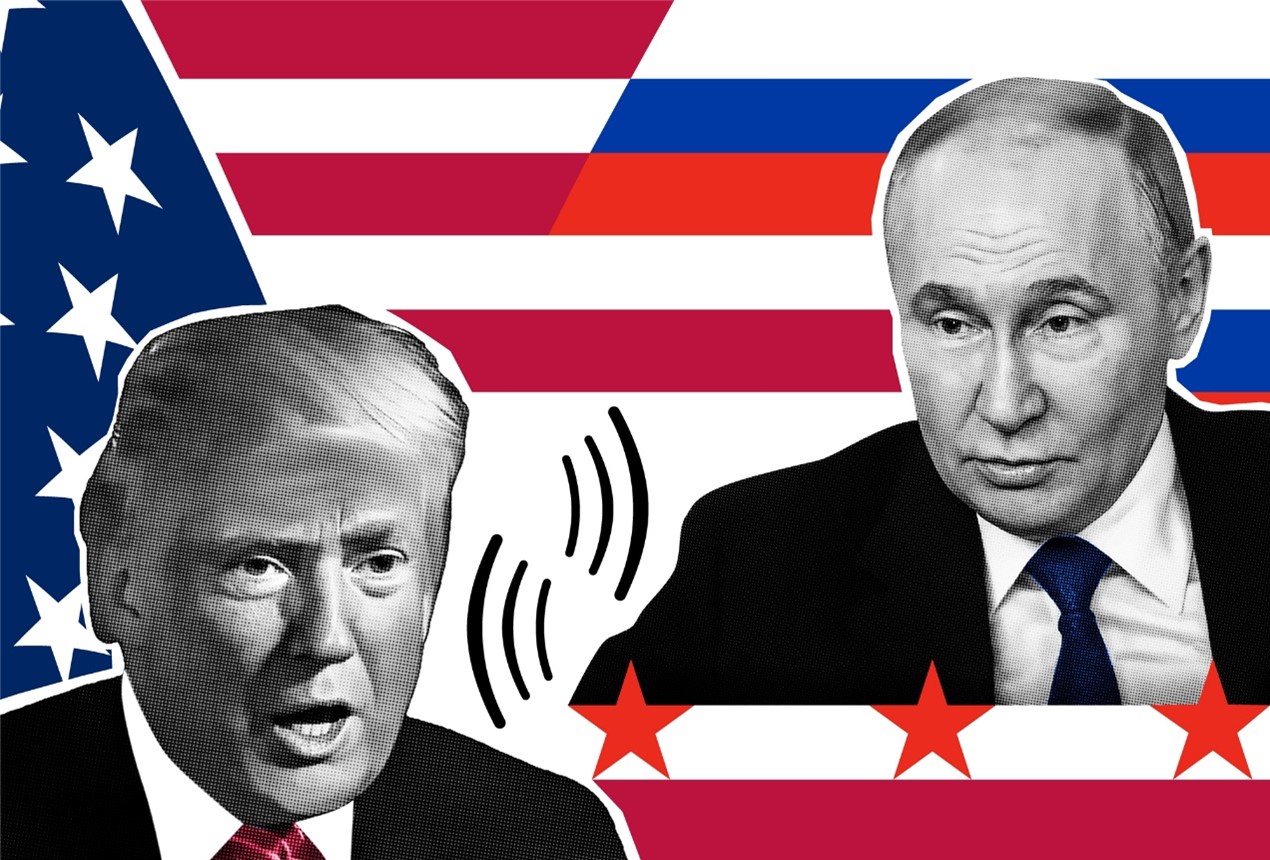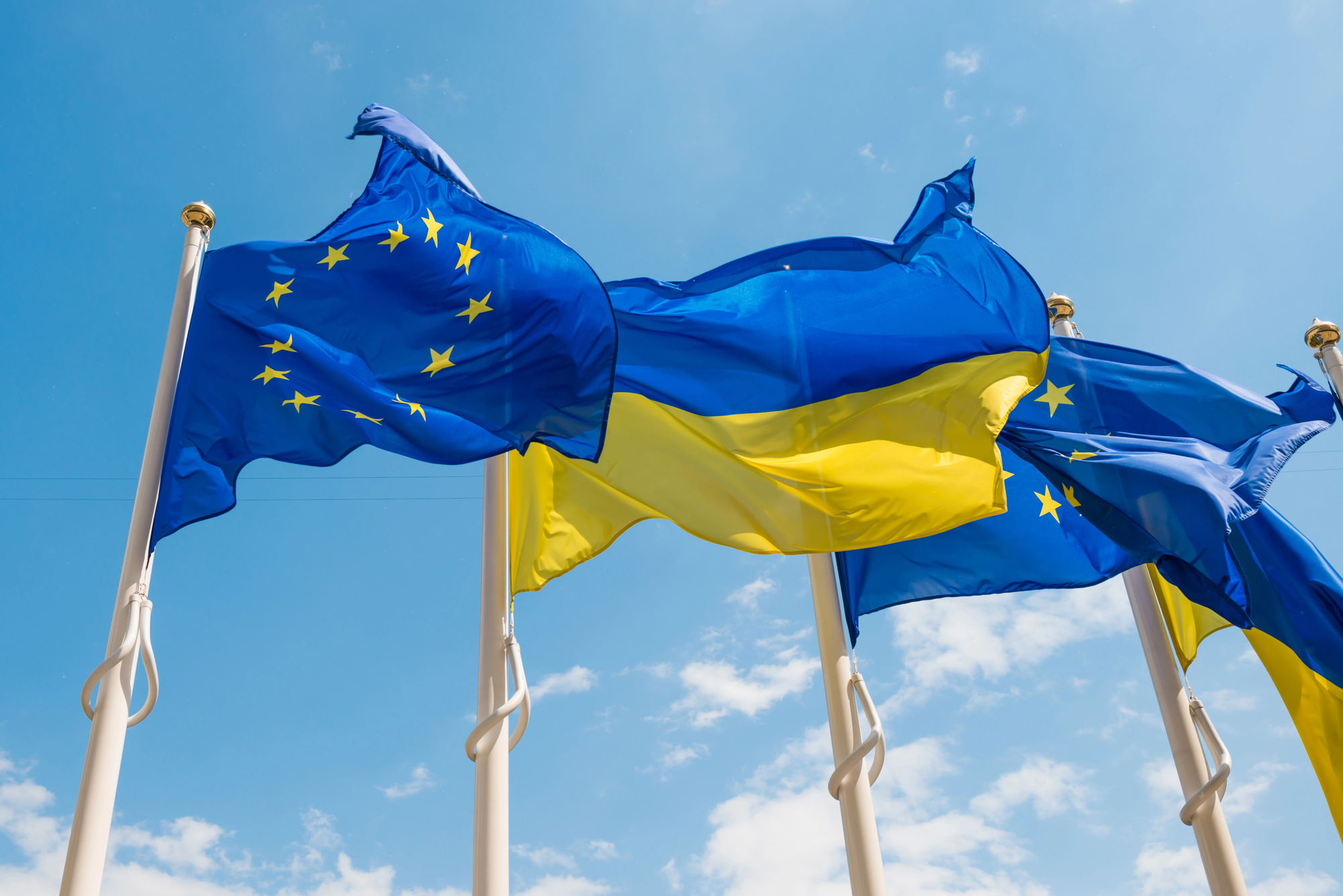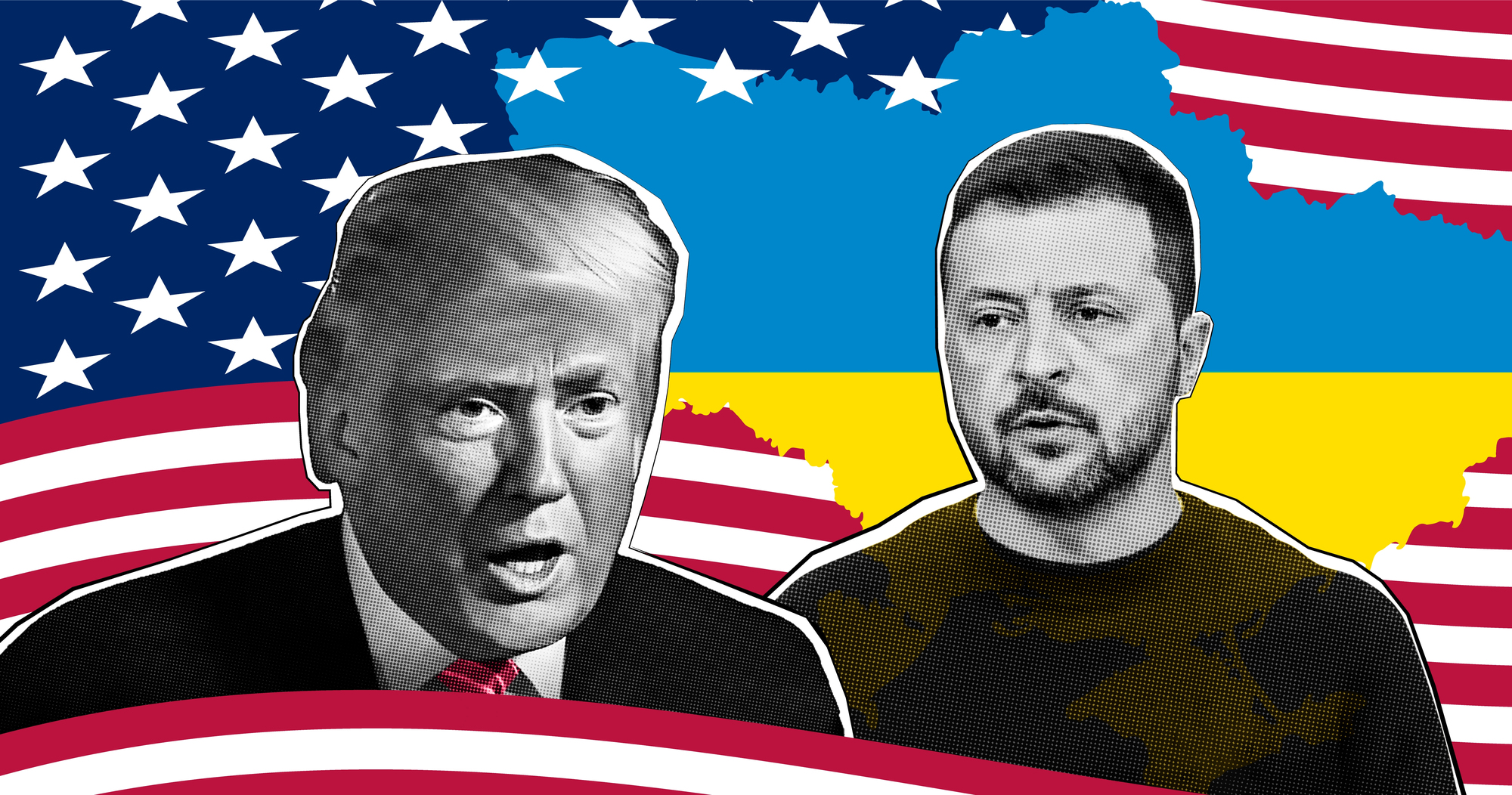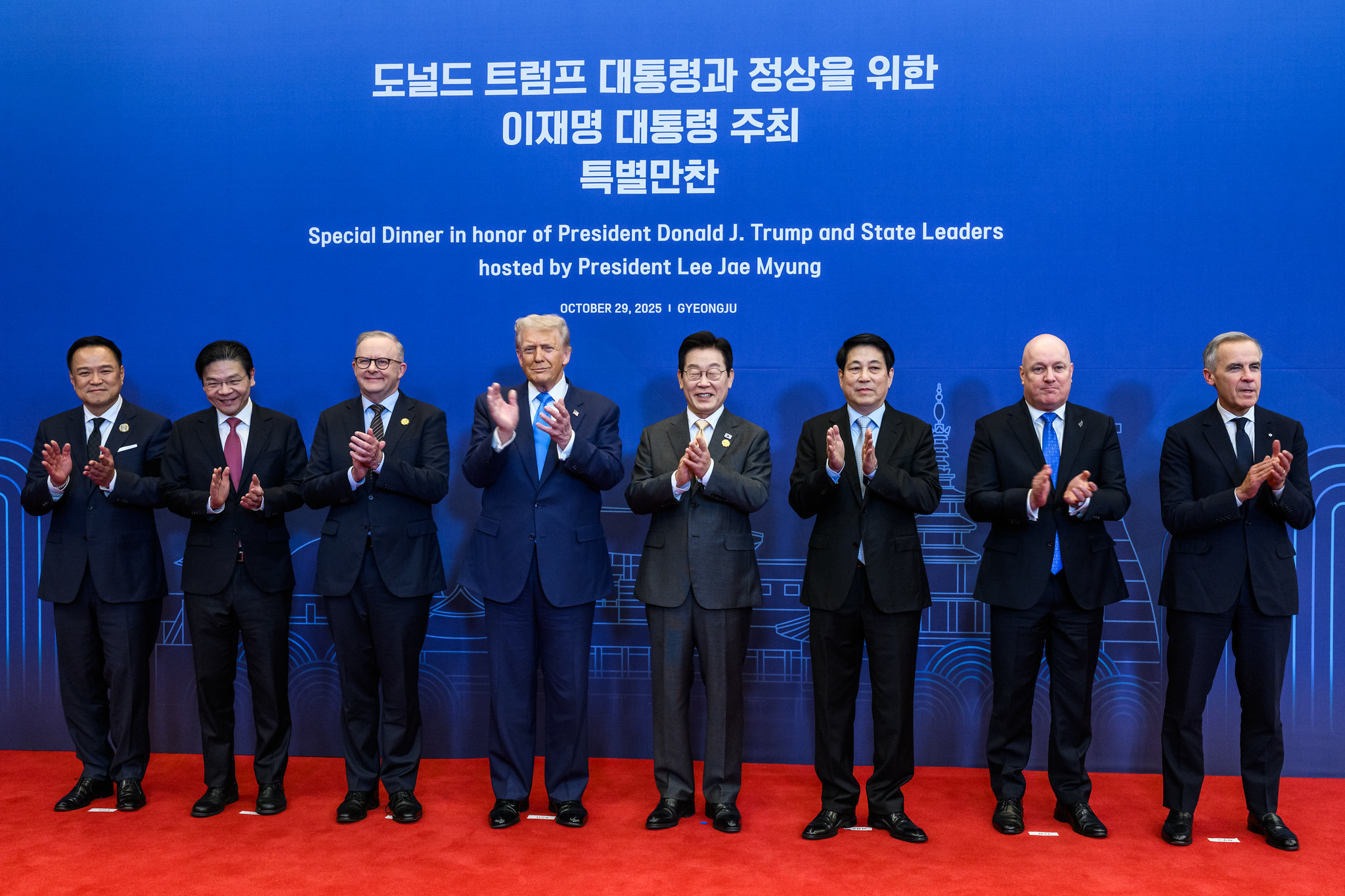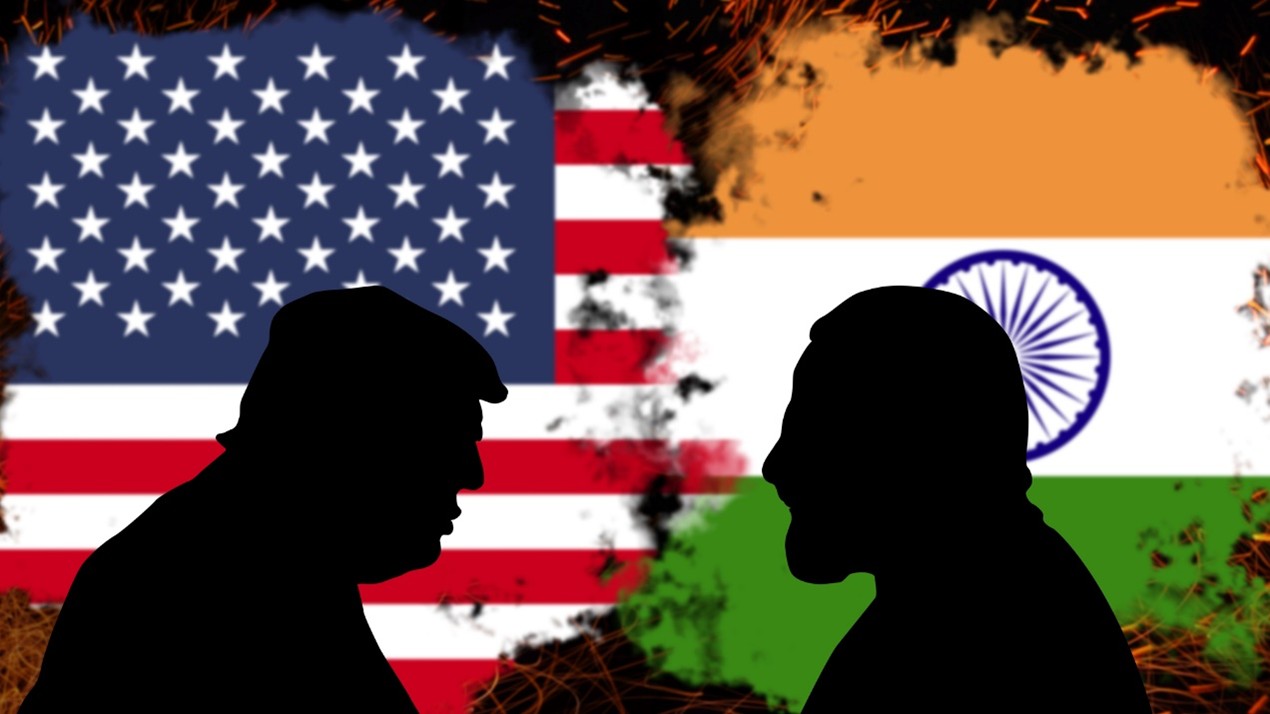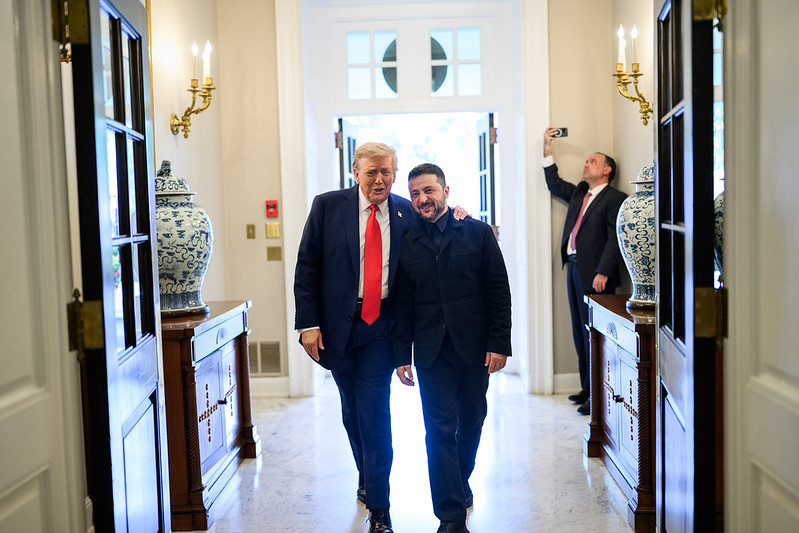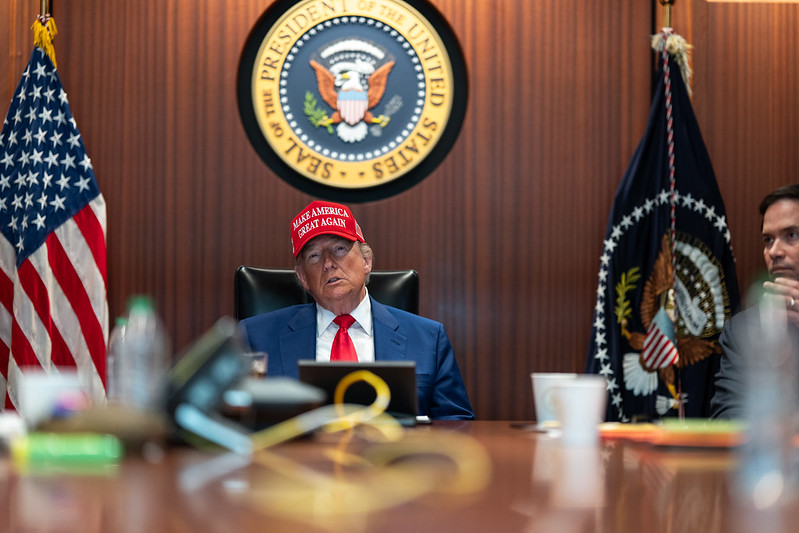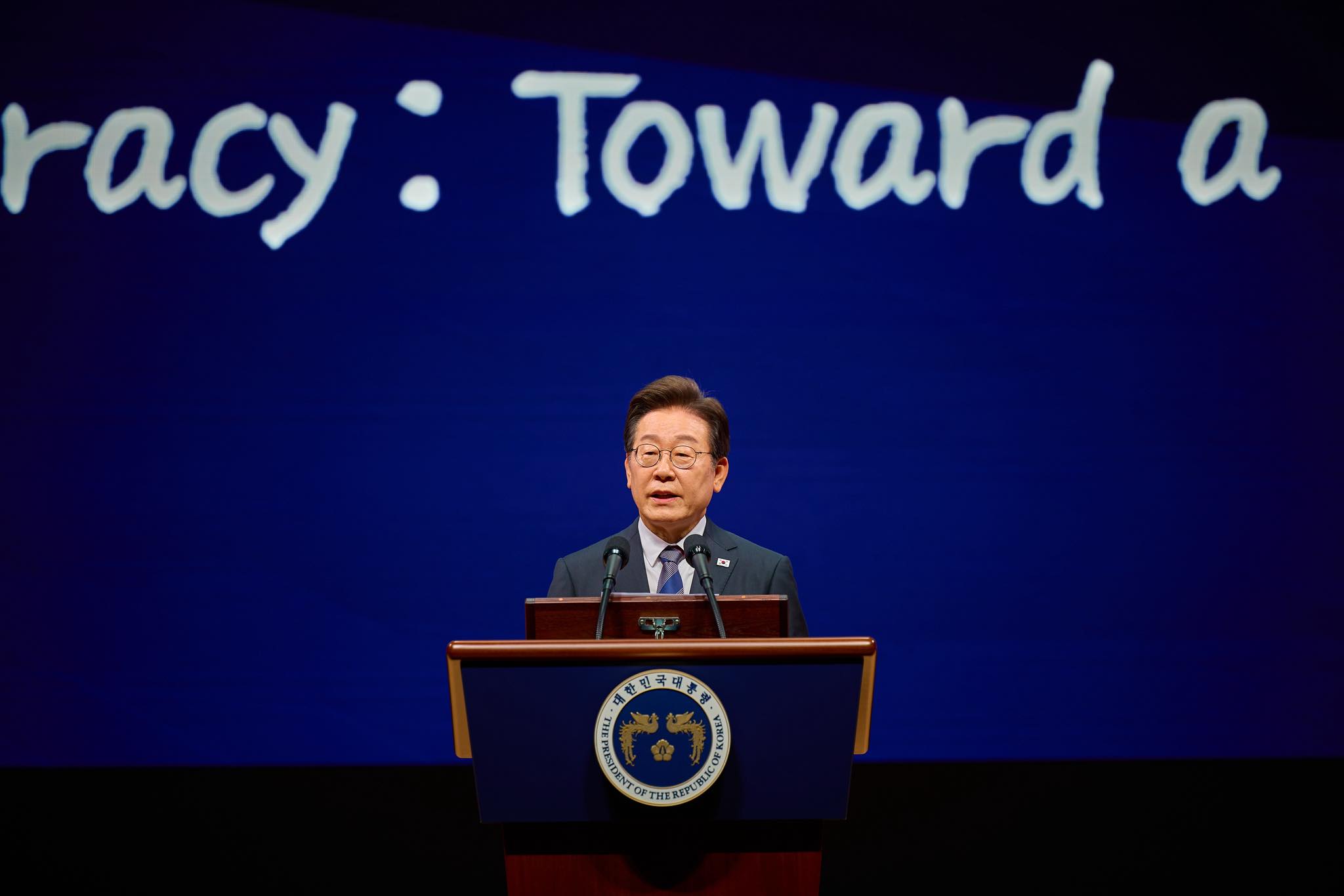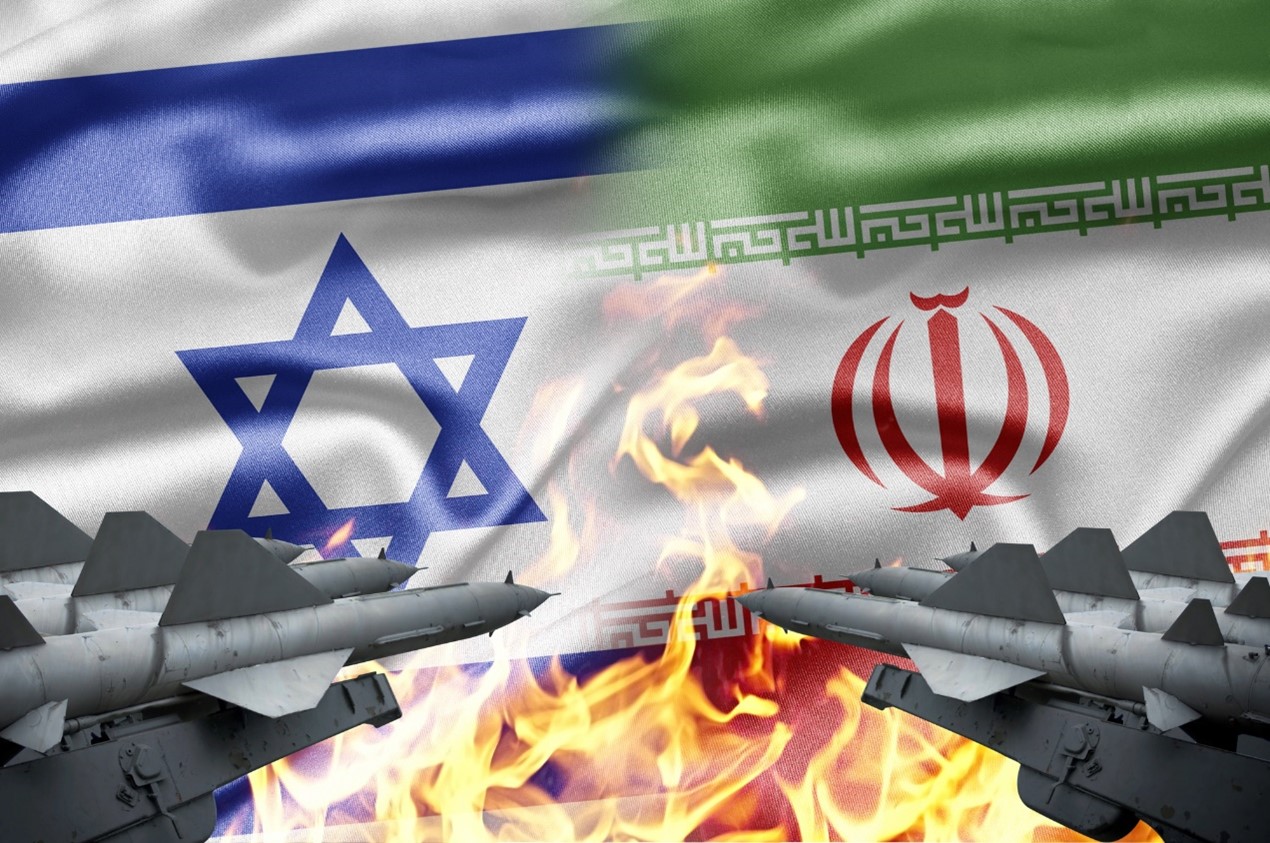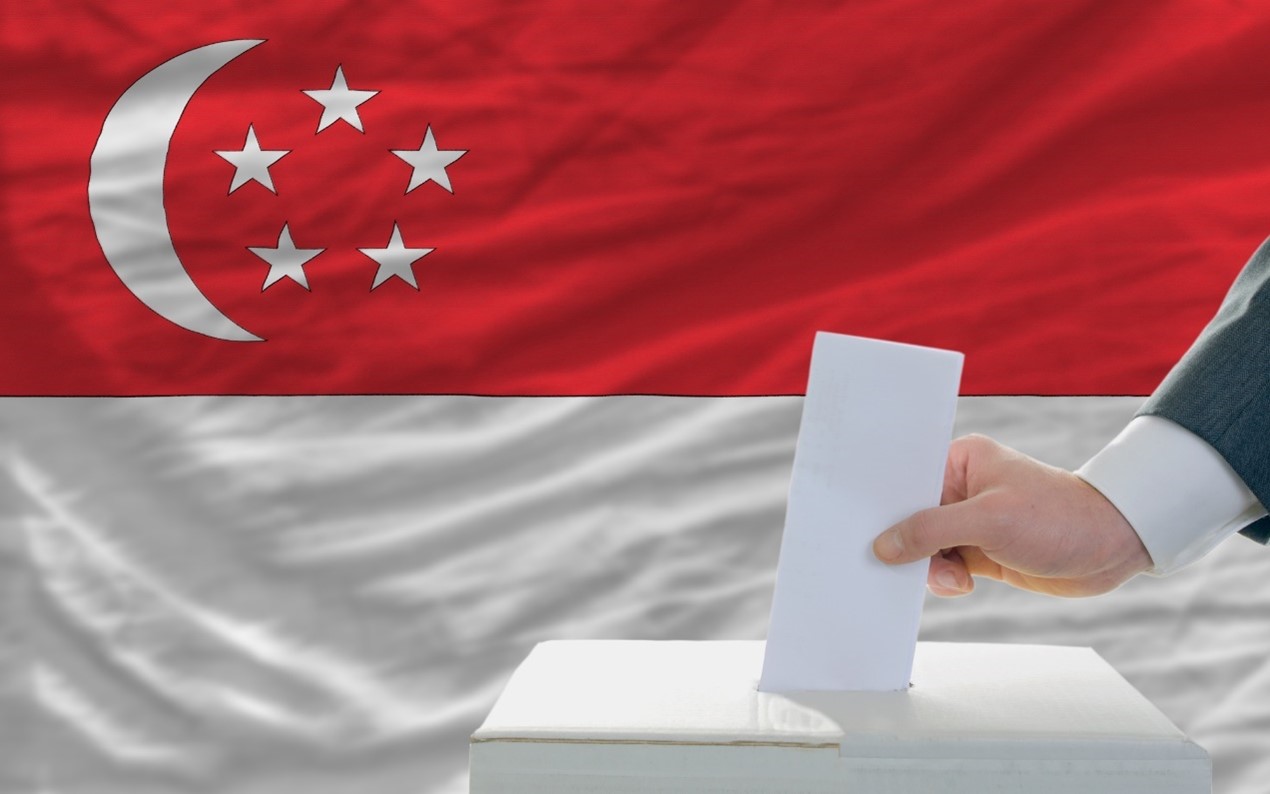Appeasement or Strength: The Challenges of American Mediation in the Russia–Ukraine War
Trump has made it clear that Ukraine is not a priority in his vision of U.S. national interests. Nevertheless, it is vital for Ukraine and its European allies to persuade Trump to use all available levers of influence on Putin to bring the war to an end — as the United States remains the only power with the actual tools to do so. Picture source: Depositphotos.
Prospects & Perspectives No. 35
Appeasement or Strength:
The Challenges of American Mediation in the Russia–Ukraine War
By Nataliya Butyrska
U.S. President Donald Trump’s promise to swiftly end the Russia–Ukraine war by bringing both sides to the negotiating table reflects an overly simplistic understanding of the conflict’s nature. A major miscalculation lies in his underestimation of the Kremlin’s strategic objectives, which are aimed at dismantling Ukrainian statehood as an independent actor in international relations. In pursuit of a quick agreement, the former U.S. president applied early pressure on Ukraine to make concessions in favor of Russia, while simultaneously offering Moscow a range of attractive incentives. This approach triggered a renewed wave of escalation from the Kremlin, which became convinced of its ability to achieve its objectives in Ukraine. As Ukrainian President Volodymyr Zelenskyy noted, “Russia started attacking Ukraine more aggressively after the change of administration in the United States. In fact, this is the only tangible shift in Russia's behavior following the presidential transition in the U.S.”
Trump has repeatedly expressed frustration over the lack of progress, even threatening to withdraw from the mediation process altogether. However, he has so far remained unwilling to exert real pressure on Russia — the only approach that could realistically compel the Kremlin to alter its calculations and engage in substantive negotiations aimed at achieving a ceasefire and lasting peace. By ignoring the fundamental asymmetry between the aggressor and the victim, and framing the cessation of hostilities as a matter of mutual responsibility, Trump’s policy has effectively strengthened Moscow’s position and enabled further room for military and diplomatic maneuvering.
Peace Through Weakness
Russian President Vladimir Putin’s apparent willingness to engage in negotiations to resolve the conflict is primarily aimed at buying time for further military advances and avoiding new sanctions — both from the European Union and, above all, from the United States — in the necessity of which Trump is being urged by European partners as well as U.S. senators. So far, this strategy has proven effective. At a recent G7 summit in Canada, the U.S. president stated that he was postponing the introduction of new sanctions against Russia, explaining that sanctions carry not only political but also financial weight — costing the U.S. billions of dollars. Another reason Trump cited was the possibility of a peace agreement to end the war.
Furthermore, Trump emphasized that Russia’s expulsion from the G8 in 2014 was “a big mistake.” This statement ignores the root cause of the expulsion — Russia’s armed aggression against Ukraine and the illegal annexation of Crimea that year, which contradict the fundamental principles of international law and the very values on which the G7 is based. Trump’s argument that Russia’s presence in the alliance might have prevented the war does not withstand analytical scrutiny: it was precisely the West’s failure to deliver a collective response in 2014 that became a precondition for the full-scale invasion in 2022. Promoting the idea of readmitting the aggressor into the club of democratic nations without accountability only weakens the political credibility of the G7 and undermines its unity — a unity that has served as a driving force behind the sanction’s regime and Russia’s diplomatic isolation.
The Kremlin, in turn, may interpret such signals as confirmation of a political window of opportunity for further maneuvering — both militarily and geopolitically. Putin has no genuine interest in peace, deliberately putting forward demands that Ukraine cannot accept, as conceding to Russian ultimatums would amount to capitulation. During the negotiations in Istanbul, Russia demanded that Ukraine withdraw its forces from four partially occupied Ukrainian regions and threatened to seize two more. Before the talks, Russia claimed only four regions, but now its ambitions have expanded. It has launched offensives in the Sumy and Kharkiv oblasts and significantly intensified its terror campaign against the civilian population, dramatically increasing missile and drone attacks — on the one hand, seeking to force greater concessions from the Ukrainian leadership, and on the other, to convince the international community, particularly the United States, of its ability to win the war.
Without suffering significant military losses on the battlefield and without mounting economic pressure, Putin will continue military operations. He believes he can sustain a creeping occupation of Ukraine and continue a war of attrition — especially in light of divisions between the United States and its allies, and Trump’s unwillingness to adopt a firm stance toward Russia.
The Price of Concessions
At the same time, Trump’s lenient policy toward Putin and his active personal outreach — which he treats as a personal asset in contrast to his stance on other world leaders — have failed to deliver the expected dividends. The American president has offered a series of concessions to Moscow, including ruling out Ukraine’s NATO membership (the primary justification Russia uses for its aggression against Ukraine) and accepting Russian control over occupied territories. Such an approach stands in direct opposition to what Ukraine and its European allies regard as a just and lasting peace, thereby reducing the likelihood of holding the Russian leadership — including Putin and his accomplices — accountable for launching the war against Ukraine.
What might have seemed — and was presumably expected by Trump — like an opportunity for Putin to save face and exit a grinding war with some reputational benefit while gradually restoring economic ties with the U.S. and easing sanctions, has not yielded results. Instead of offering any serious concessions toward peace, the Russian president has responded by escalating the conflict.
Under these circumstances, Trump has continued to exert pressure on Ukraine, at times portraying Zelenskyy as an obstacle to reaching a peace agreement. This has led to a mischaracterization of the war itself. Seeking to push Kyiv toward negotiations, the Trump administration has reduced military support for Ukraine: no new aid packages have been approved since Trump took office (weapons continue to be delivered only from residual stockpiles authorized during Joe Biden’s presidency), and the 2026 budget proposal from the White House includes plans to cut funding for Ukraine’s weapons procurement.
To a certain extent, this decision is consistent with Trump’s longstanding criticism of providing military aid to Ukraine. As a result, Ukraine and its European allies may be forced to purchase American-made weapons. However, the problem is that Trump could block such deals at any time, using them as leverage against Ukraine. In addition, the evolving situation in the Middle East may lead to a reallocation of part of the U.S. defense resources, reducing the volume of available weaponry for Ukraine. A similar situation has already occurred recently: the U.S. declined to transfer 20,000 specialized munitions — critical for defending against Shahed drones — to Kyiv, despite prior approval by the previous administration, instead prioritizing the Middle East.
On the one hand, this increases uncertainty for Ukraine and directly impacts its ability to resist Russian aggression. On the other hand, it aligns with the Kremlin’s strategic interest in reducing Western support to weaken Ukraine’s resistance.
Persuading Trump
Trump has made it clear that Ukraine is not a priority in his vision of U.S. national interests, placing greater emphasis on a quick resolution to the conflict in order to restore economic ties with Russia. Putin is attempting to exploit this, testing the limits of the American president’s willingness to compromise. Nevertheless, it is vital for Ukraine and its European allies to persuade Trump to use all available levers of influence on Putin to bring the war to an end — as the United States remains the only power with the actual tools to do so. Otherwise, a failed strategy of appeasement toward Putin may gradually transform what has been dubbed “Biden’s war” into “Trump’s failure.”
The American president still has an opportunity to reverse the course of events — but only if he acts swiftly and decisively, recognizing that a weak position on Ukraine and retreat from the European continent will significantly erode U.S. influence in other regions and globally. This would not only severely constrain his ability to “make America great again,” but also profoundly undermine his personal credibility.
(Nataliya Butyrska is Associated Senior Fellow, New Europe Centre, Ukraine.)


